2-27-23
The Gospels do not say what happened to the burial linen that was left in Jesus' empty tomb (c. 33 AD).
As related in the previous timeline post, perhaps the linen was left in the tomb to rot and disintegrate. Or the linen may have been saved by Jesus' disciples and hidden from the Romans. Perhaps Joseph of Arimathea (the man who provided Jesus' burial tomb and linen) took the burial linen and sent it to a safe location. Who knows?
Any information of what happened to Jesus' burial linen was lost or hidden until the fourth century when the legend of King Abgar of Edessa (The Image of Edessa) is written by Roman Christian historian Eusebius (c. 324 AD). Many historians note that this legend, which speaks of a holy Image of Jesus in Edessa, may in fact be the Shroud.
The Image of Edessa (also known as The Mandylion of Edessa)
The Image of Edessa was known as an image of Jesus imprinted on a square or rectangle piece of cloth. According to tradition, this image of Jesus was of miraculous origin. The Image of Edessa was a religious icon that was known to be in Edessa (modern day Turkey) between the fourth and tenth centuries. It was taken from Edessa to Constantinople in 944 AD, and disappeared from known history in the aftermath of the Fourth Crusade in 1204. It generated, however, a vast amount of literature and hundreds of copies in churches all over the Byzantine world.
The legend of the Image of Edessa was first written by Eusebius' Church History in the fourth century (c. 324 AD). In the first version of this legend Eusebius claimed that King Abgar of Edessa (died c. 50 AD) wrote a letter to Jesus, asking him to come cure him of an illness.
Jesus replied by letter, saying that when he had completed his earthly mission and ascended to heaven (Resurrection), he would send a disciple to heal Abgar. One of Jesus' seventy disciples, Thaddeus of Edessa, is said to have gone to Edessa after Jesus’ death, bearing the words of Jesus, by which the king was miraculously healed.
Although Eusebius made no mention of an image or linen shroud being given to the King of Edessa historians have written of a holy relic bearing the image of Jesus being in Edessa between the fourth and tenth centuries.
Historians note this image was a square or rectangle piece of cloth upon which a miraculous image of the face of Jesus had been imprinted.
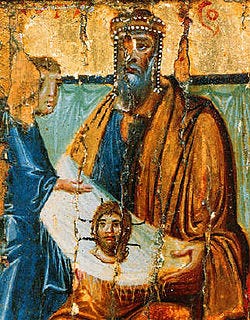
There are numerous theories about the Image of Edessa, including how it was made:
One theory is the Image of Edessa was the burial cloth of Jesus (the Shroud) which was folded into eight parts so as to show only the face and hide the rest of the body. One of Jesus' seventy disciples, Thaddeus of Edessa gave the cloth to King Agbar after Jesus' Resurrection and the King was healed from his illness.
Another theory is the Image of Edessa was a separate painted cloth of the face of Jesus, done by King Abgar's court painter who was sent to paint a portrait of Jesus to take back to the King which then healed the King from his illness.
A third theory is the Image of Edessa was a towel that Jesus wiped his face with, that was given to King Agbar's messenger, Ananais. When King Abgar was given the towel and he looked on the face of Jesus, he was healed from his illness.
Regardless of which theory may be correct, the Image of Edessa was revered in Edessa for centuries. In fact, most scholars concede there is sufficient evidence for its existence sometime in the 6th century.
A document titled Ecclesiastical History written by Syrian scholar Evagrius, circa 595 AD, mentions a holy image that was not made with human hands, used by the Edessans to stave off a 544 Persian siege.
Constantinople 944 AD
The Image of Edessa remained in Edessa until 944 AD where it was then taken to Constantinople (capital of Eastern Roman Empire - Byzantine Empire) at the request of Byzantine Emperor Romanos I Lekapenos.
The Image of Edessa was housed in the Great Palace of Constantinople.
Because Constantinople was the depository of early Christian holy relics, by the end of the 12th century the church of the Virgin of the Pharos (“lighthouse”) in the Great Palace of Constantinople housed many of the most important relics attributed to Jesus:
the Image of Edessa (Mandylion of Christ)
the Crown of Thorns
the Holy Nail
Christ’s iron collar shackle
the linen sheets in which Christ's body was wrapped in the tomb (Shroud?)
the linen towel with which Christ dried the Apostles' feet
Christ’s leather sandals
a piece from Christ's tomb stone
The list of relics includes two separate items - the Image of Edessa and the linen sheets in which Christ's body was wrapped in the tomb. From the time of Jesus' death in 33 AD the whereabouts of the burial cloth of Jesus (the Shroud) was unknown. But in the 12th century, the "linen sheets in which Christ's body was wrapped in the tomb" was now said to be in Constantinople.
The history of Jesus' burial linens (the Shroud) blurs with the history of the Image of Edessa. Two questions must be asked:
Were there two items (cloths) depicting Jesus' image in Constantinople in the 12th century?
Was the Image of Edessa (known to have been moved to Constantinople in 944 AD) mistaken for the "linen sheets in which Christ's body was wrapped in the tomb" by many historians of the early Christian era, or were the burial linens a separate relic?
As to the burial linens, by the late 12th century there was no clear written claim that anyone in Constantinople had seen Jesus' body image on the linen sheets in the emperor’s relic collection.
The Image of Edessa and the linen burial sheets relics remained under imperial protection until the Crusaders sacked Constantinople in 1204.
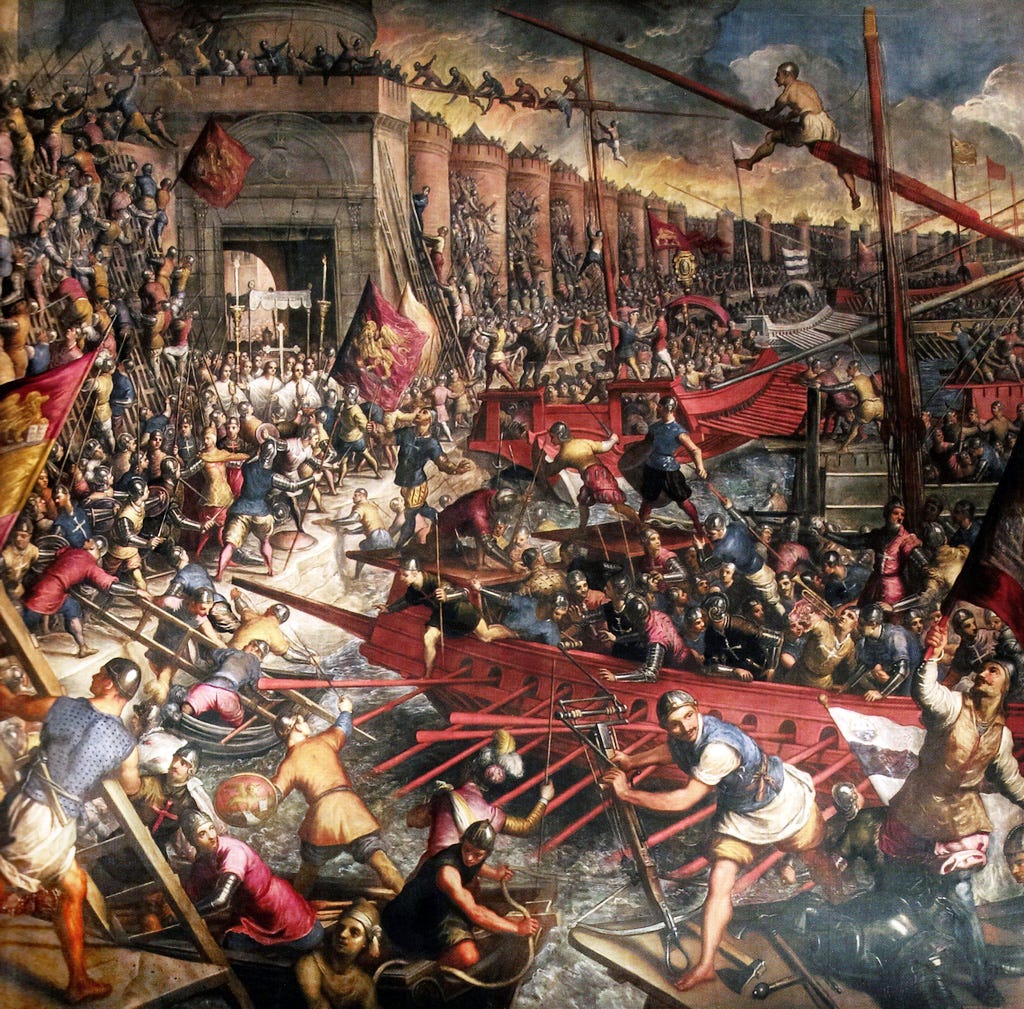
The leaders of the crusading army were French and Italian, and it is believed the Image of Edessa and Jesus' linen burial sheets were carried off to Western Europe with many other holy relics from Constantinople.
After the sacking of Constantinople, the Image of Edessa disappeared from known history and the linen burial sheets with Jesus' full body image (the Shroud) appeared.
Robert de Clari, a knight in the Crusader's western army during the sacking of Constantinople, wrote about the many wonders to be seen in Constantinople as the visiting soldiers toured the city in 1203. He stated that there was a cloth in the church of Blachernae: "Where there was the Shroud in which our Lord had been wrapped, which every Friday raised itself upright so one could see the figure of our Lord on it."
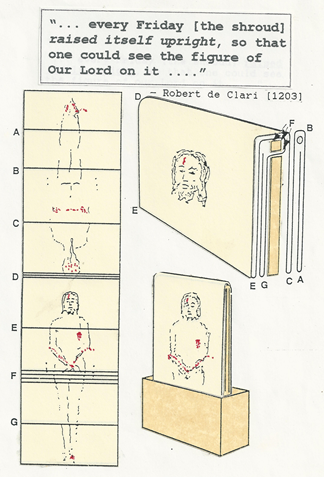
Robert de Clari may be one of the few documented witnesses to the Shroud of Turin showing Jesus' full body image before the 1350's when the Shroud was officially documented to be in Lirey, France.
The next post will continue the Timeline of the Shroud of Turin, where it makes it way from Constantinople as a spoil of war in 1204 and reappears in Lirey, France in 1355.
The Shroud is just as excited as Mr. Bean to go on holiday to France!





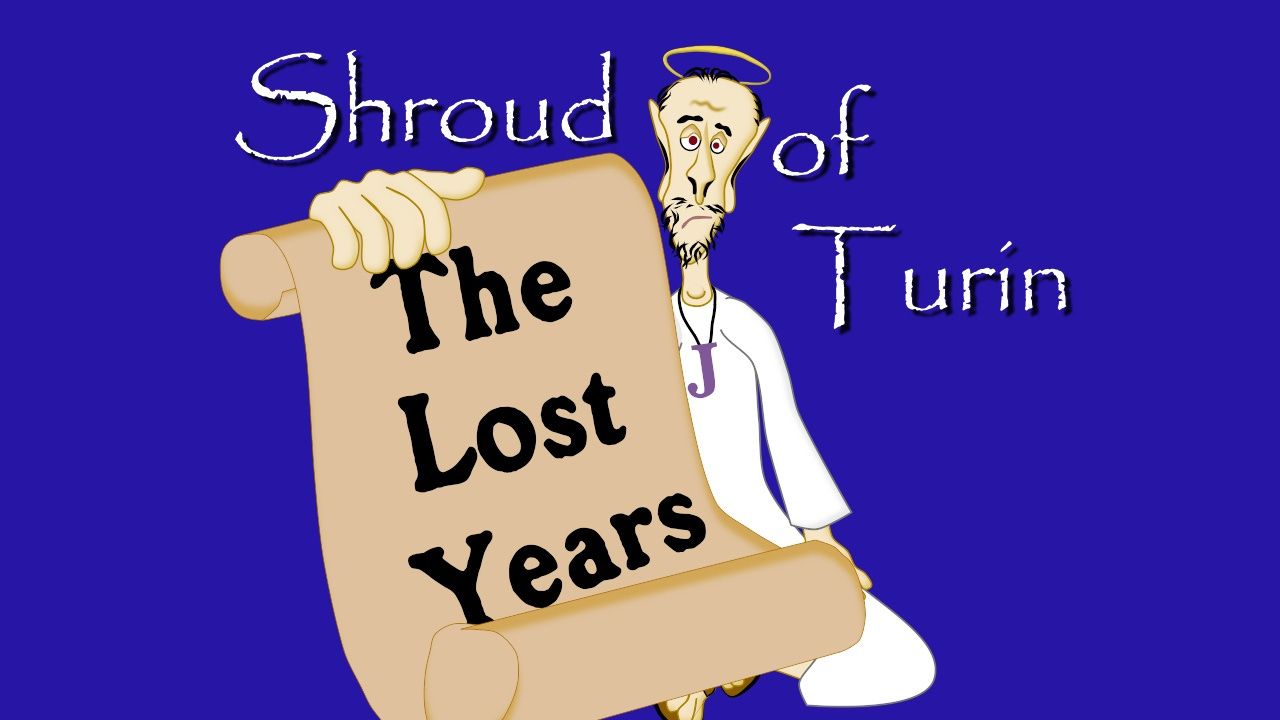
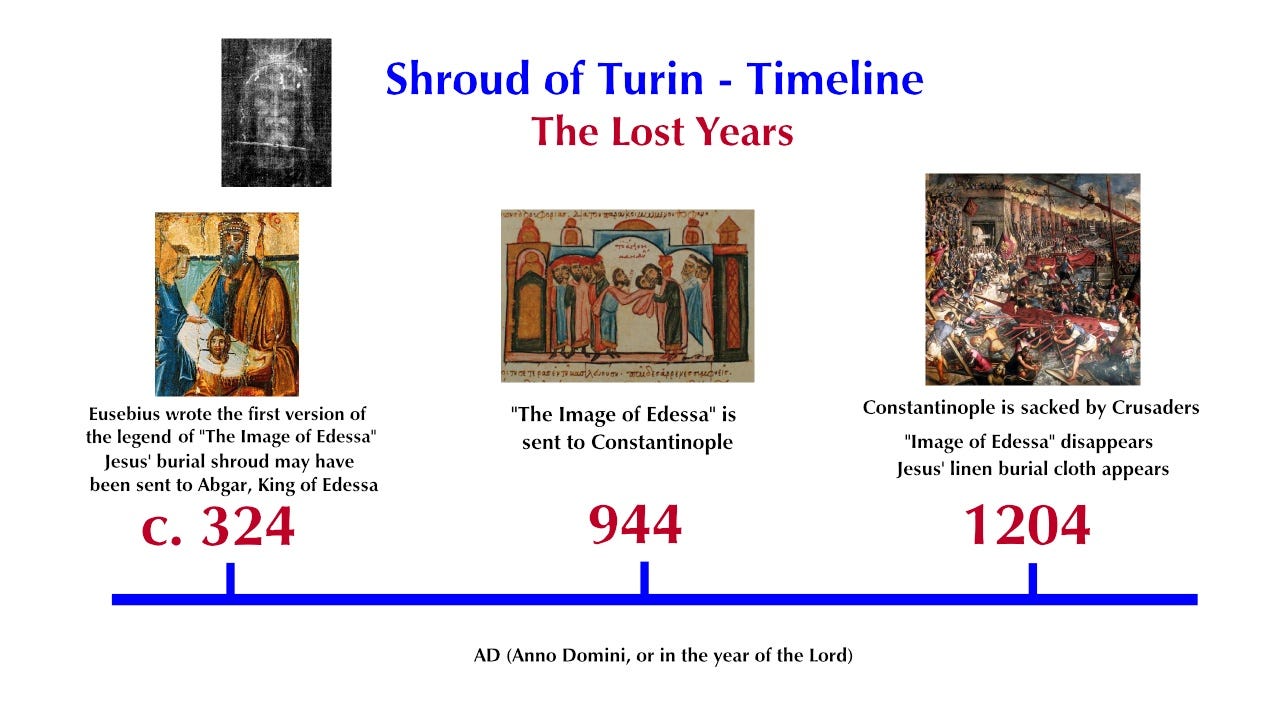
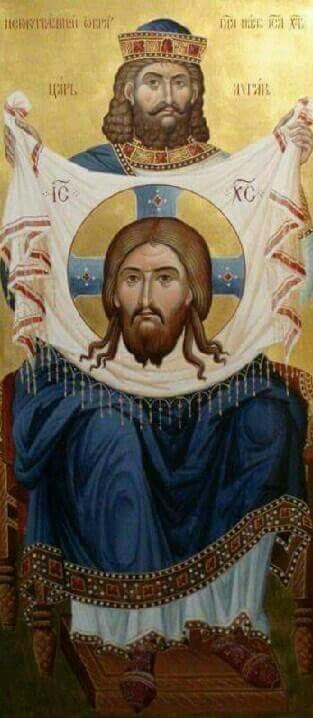
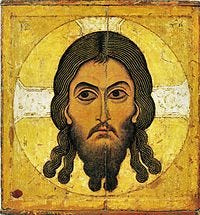
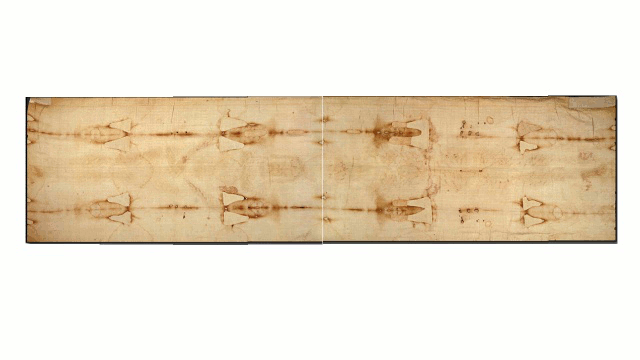
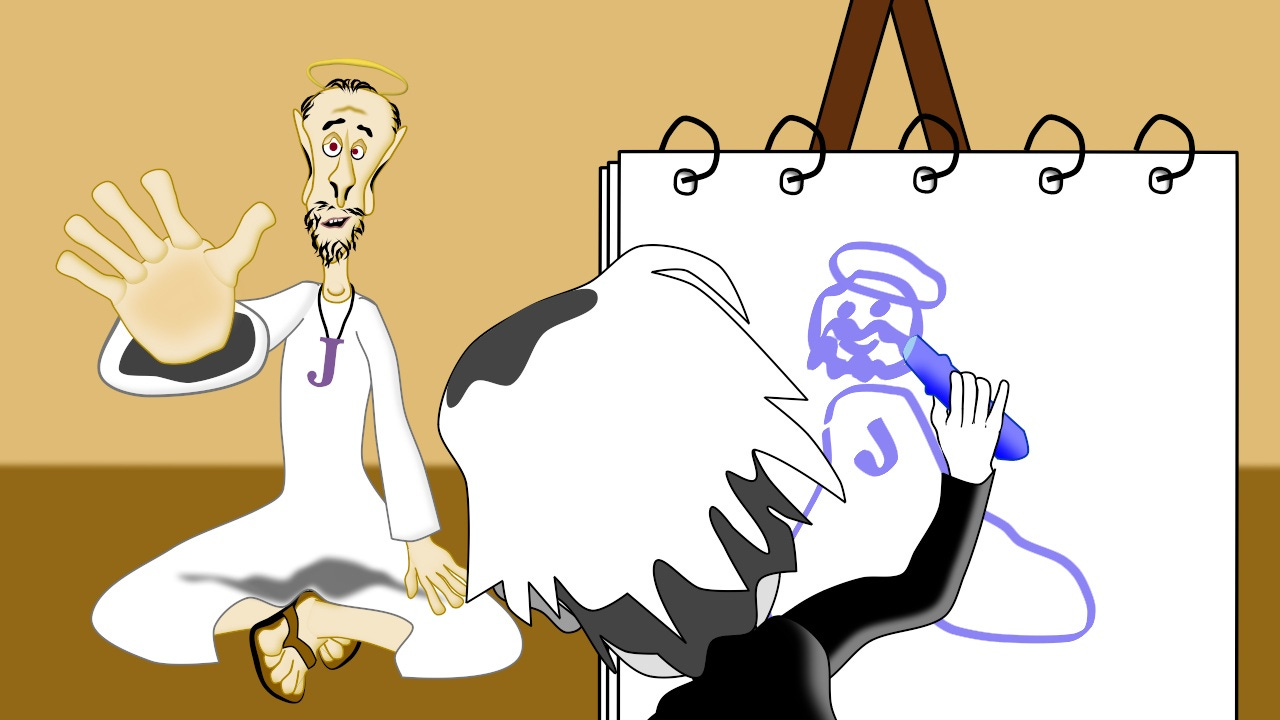
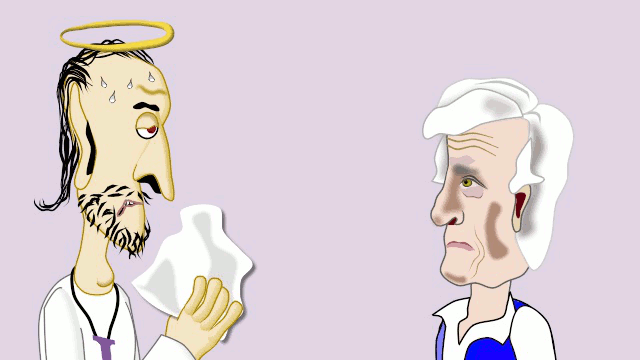
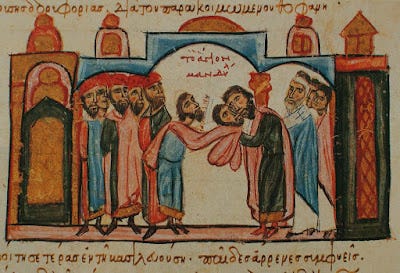
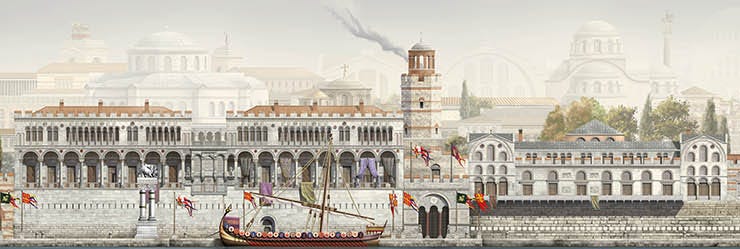
If you'd like to see all the Shroud posts (past and future) in one spot, click on the new Shroud of Turin Section at the top of the The Narrow Path Substack. This will archive all the Shroud posts.
Thanks for reading everyone!
https://narrowpath.substack.com/s/shroud-of-turin
You would be an excellent history teacher! The way that you use humor and artwork together to share what you’ve learned is excellent.